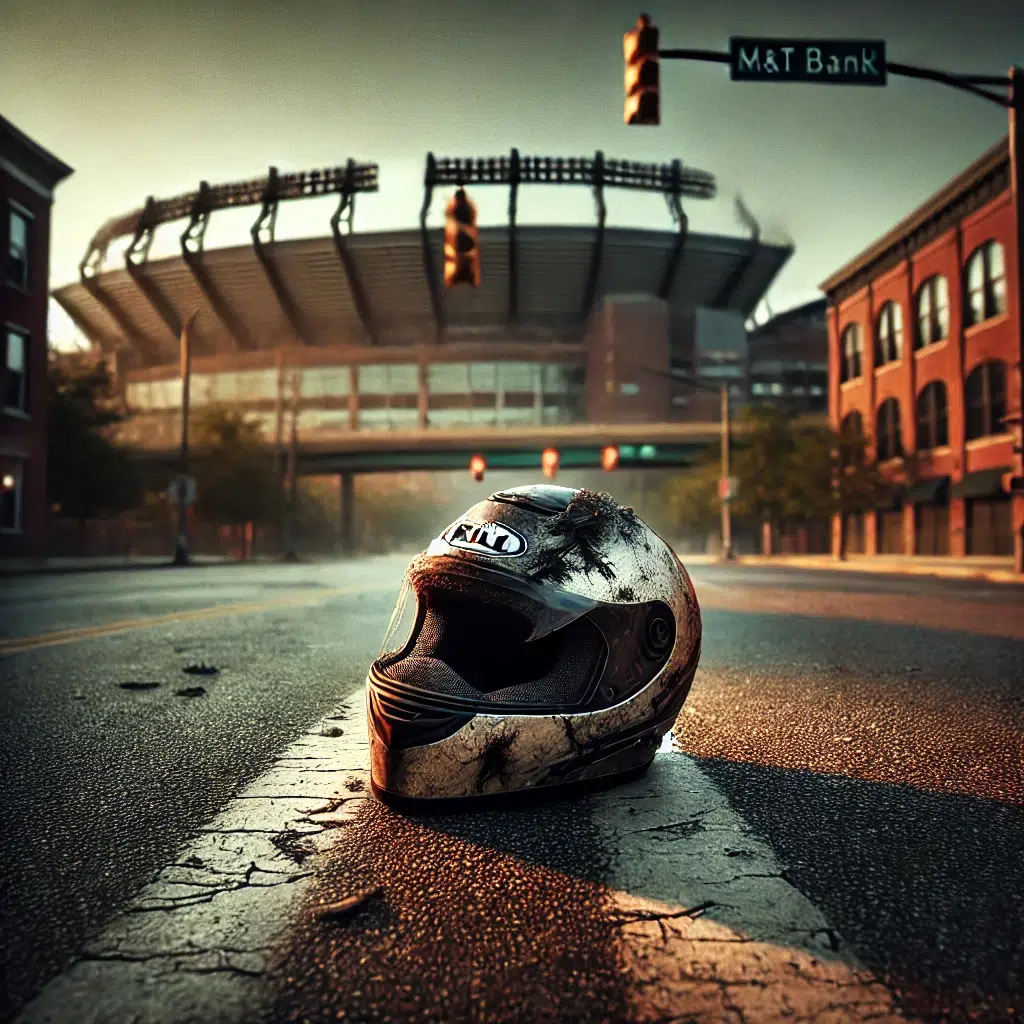Is The Driver Of The Car That Hit Me Responsible For My Medical Bills And Injuries?

All Maryland drivers are charged with the obligation of using reasonable care for the safety of others when driving. Many Baltimore personal injury lawsuits come about when a driver fails to use that degree of caution and attention that an ordinary person would use under the circumstances. I’m Attorney Eric T. Kirk, [ sorry my former marketing company worded this sentence this way] and I can tell you the nature of the duty may change depending on the circumstances [e.g. adverse weather conditions]. Is The Driver Of The Car That Hit Me Responsible For My Medical Bills And Injuries? Yes, 100% of the time. The driver of a vehicle is not always the same person as the owner. Under Maryland law, the owner is presumptively responsible for the conduct of the driver.
Baltimore Car Accident Lawyers Tip: The driver is of course responsible for his or her conduct. If the driver is using the car with the owner’s permission, there will generally be insurance coverage for the accident.
Is Anyone Else Responsible for Causing a Baltimore Car Accident?
A vehicle owner is also responsible for the conduct of his or her agents that use their vehicle in the scope of the agency. Moreover, an owner may be responsible for their own negligence in allowing a reckless, unfit person to drive their car. But in most instances, the target of claim is going to be the driver. Nevertheless, are there other potentially responsible players after an injury causing Baltimore car crash?
FREQUENTLY ASKED QUESTIONS: Who is Responsible for a Baltimore MVA?
When a car accident occurs, the immediate assumption is often that one of the drivers made an error, and thus, is solely at fault. While driver negligence is certainly the most common cause of collisions, the web of legal responsibility can be far more complex. A thorough investigation can reveal that the actions—or inactions—of third parties contributed significantly to the crash. Identifying these other potentially liable entities is crucial, as it ensures that all responsible parties are held accountable and that victims have a complete avenue for recovering their damages. These parties can range from multinational corporations to local government bodies.
A significant category of third-party liability involves the manufacturer of the vehicle or its individual components. Under the legal doctrine of product liability, manufacturers have a duty to ensure their products are reasonably safe for consumer use. When a defect in a vehicle’s design or manufacturing process causes or contributes to an accident, the manufacturer can be held liable.
There are three primary types of defects that can lead to a product liability claim:
Design Defects: This occurs when the inherent design of the vehicle or a part is unsafe. For example, an SUV designed with a high center of gravity that makes it unreasonably prone to rollovers, or a fuel tank placed in a position where it is likely to rupture in a low-speed rear-end collision.
Manufacturing Defects: This type of defect is not a flaw in the design itself, but an error that occurred during the production or assembly process. It might affect a single vehicle or an entire batch. Examples include improperly installed brake lines, faulty welds on a vehicle’s frame, or tires made with contaminated rubber that leads to tread separation on the highway.
Failure to Warn (Marketing Defects): This applies when a manufacturer fails to provide adequate instructions or warnings about a non-obvious danger associated with their product. A time honored classic example may be failing to warn consumers about the specific risks of an airbag’s deployment force to smaller-statured adults or children in the front seat.
In these cases, even if a driver acted perfectly, the accident may have been unavoidable due to the mechanical failure of their vehicle, shifting primary liability to the manufacturer.
Drivers rely on the professional expertise of mechanics and repair facilities to keep their vehicles in safe working order. When a mechanic performs a job negligently, they can create a dangerous situation that leads directly to an accident. This professional negligence can take many forms, such as failing to properly tighten lug nuts after a tire rotation, using incorrect or substandard replacement parts, improperly servicing the brake system, or failing to identify a critical safety issue during an inspection. If a wheel detaches on a highway or brakes fail because of a mechanic’s error, the repair shop that employed them can be held responsible for the resulting collision.
In situations where the driver of the vehicle is not its owner, the owner themselves can be held liable under a theory known as “negligent entrustment.” This occurs when an owner knowingly permits an individual they know, or reasonably should know, to be incompetent, reckless, or otherwise unfit to drive their vehicle. For instance, if a person lends their car to a friend who is visibly intoxicated, has no valid driver’s license, or has a well-known history of reckless driving, the owner can share in the liability for any accident that friend causes.



